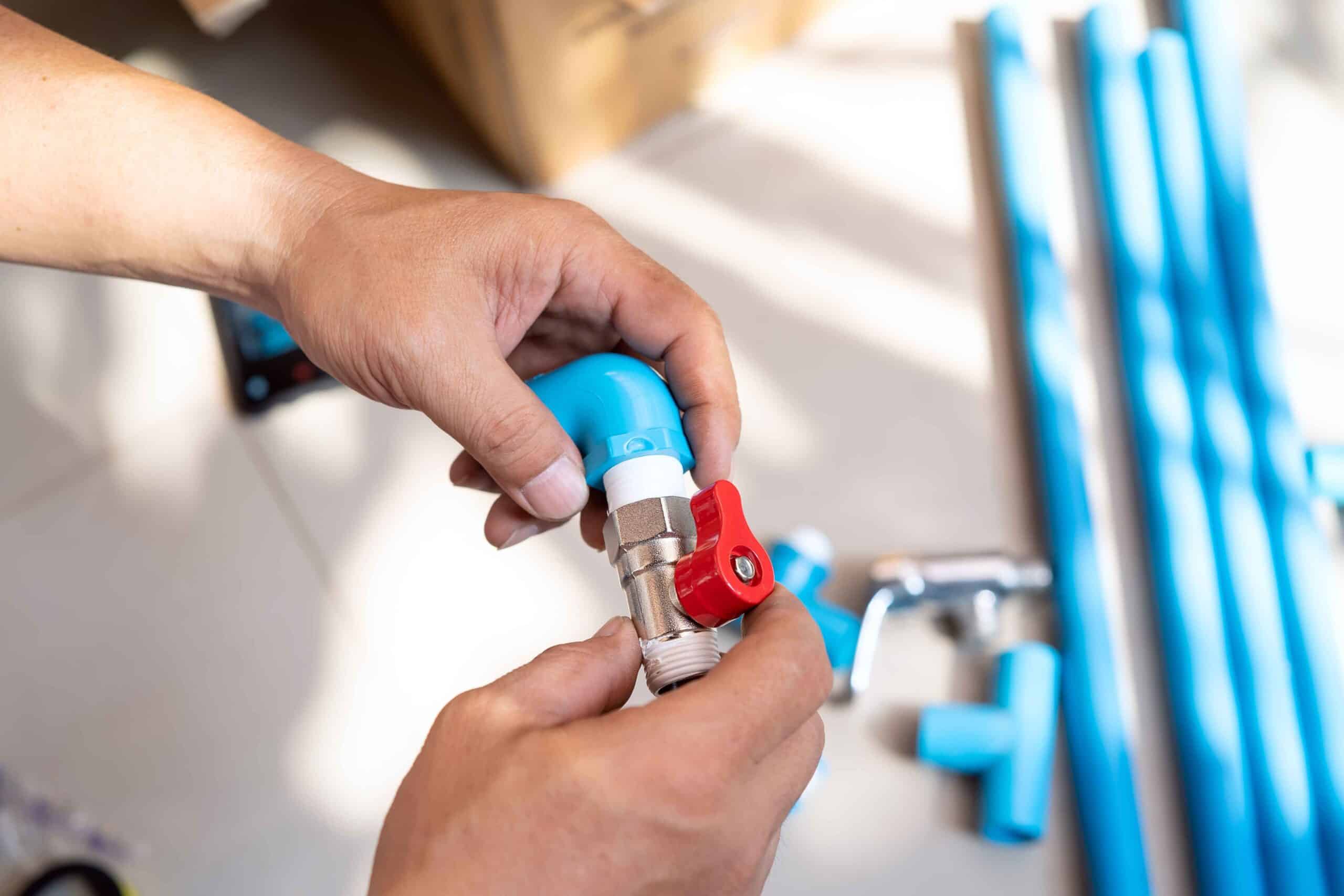
Iron is the primary element in plumbing pipes, providing high strength and corrosion resistance that are crucial for water systems. Critical metals like copper, stainless steel, and galvanized steel are frequently used for their distinct properties. The manufacturing process includes melting iron, shaping, and applying protective coatings for durability. Utilizing iron guarantees the pipes retain structural integrity, reduce the chance of leaks, and offer seamless water flow. If you’re curious about plumbing pipes’ properties, advantages, and manufacturing processes, keep exploring the details provided by our expert plumbing team.
The primary element used in the manufacturing of plumbing pipes is metal, which provides the strength and durability required for water transportation systems. Due to their excellent mechanical properties, metals such as copper, stainless steel, galvanized steel, and brass are commonly used in plumbing pipe production. Copper pipes are widely favored for their corrosion resistance, heat conductivity, and flexibility, making them suitable for hot and cold water systems. Stainless steel pipes are known for their high strength, corrosion resistance, and longevity, making them ideal for harsh environments and high-pressure applications.
Galvanized steel pipes are coated with zinc to prevent rust and corrosion, ensuring a long lifespan. Brass pipes, a copper-zinc alloy, offer antimicrobial properties, making them beneficial for potable water systems. The choice of metal for plumbing pipes depends on factors such as water quality, pressure requirements, budget, and environmental considerations. Each type of metal brings unique characteristics to the plumbing system, ensuring efficient water distribution and durability.
Metallic plumbing pipes display exceptional mechanical strength and durability, which is necessary for maintaining reliable water transportation systems. The key element responsible for these critical properties in plumbing pipes is iron. Iron is renowned for its robustness and resistance to corrosion, making it an ideal choice for plumbing applications where exposure to water is constant.
One of iron’s key characteristics is its high tensile strength, which allows plumbing pipes to withstand the pressures associated with water transportation without deforming or breaking. Furthermore, iron’s durability ensures that plumbing systems have a long service life, reducing the need for frequent replacements and maintenance.
Moreover, iron’s corrosion resistance is essential in preventing rust and deterioration of the pipes over time. This property helps maintain the integrity of the plumbing system and guarantees the quality of the water being transported. Overall, iron’s properties make it a dependable and efficient material for manufacturing plumbing pipes, meeting the rigorous requirements of water distribution networks.
Iron undergoes a series of precise manufacturing steps to transform into sturdy plumbing pipes suitable for water transportation systems. The manufacturing process of plumbing pipes typically begins with the melting of iron in a furnace at extremely high temperatures. Once molten, the iron is poured into molds of the desired pipe shape and left to cool and solidify.
After solidification, the pipes undergo annealing, heating, and slowly cooling to relieve internal stresses and improve their overall strength and durability. Following annealing, the pipes undergo various shaping and sizing processes, such as stretching, straightening, and cutting, to meet specific dimensional requirements.
A protective coating is often applied to enhance the pipes’ corrosion resistance and longevity. Depending on the intended use of the pipes, this coating can be made of zinc, epoxy, or polyethylene. Finally, rigorous quality control tests are conducted to confirm that the manufactured plumbing pipes meet industry standards before they are ready for distribution and installation.
An element essential for the durability and longevity of plumbing pipes is their protective coating, which plays a vital role in enhancing corrosion resistance and overall performance. By incorporating this protective element into manufacturing, plumbing pipes can withstand harsh environmental conditions, such as fluctuating temperatures, moisture, and chemical exposure. This protective coating acts as a barrier, preventing corrosion and rust formation that could weaken the pipes over time.
Furthermore, this element guarantees that plumbing pipes maintain structural integrity, preventing leaks and potential water damage to buildings and infrastructure. The aspect also contributes to the smooth water flow through the pipes, minimizing friction and reducing the likelihood of blockages or clogs.
In addition to enhancing the pipes’ durability and performance, this element is cost-effective in the long run, as it diminishes the need for frequent repairs or replacements. Ultimately, the benefits of using this element in plumbing pipes contribute to a more reliable and efficient plumbing system for residential, commercial, and industrial applications.
Other Plumbing Tips:
| M | T | W | T | F | S | S |
|---|---|---|---|---|---|---|
| 1 | 2 | 3 | 4 | |||
| 5 | 6 | 7 | 8 | 9 | 10 | 11 |
| 12 | 13 | 14 | 15 | 16 | 17 | 18 |
| 19 | 20 | 21 | 22 | 23 | 24 | 25 |
| 26 | 27 | 28 | 29 | 30 | 31 | |

